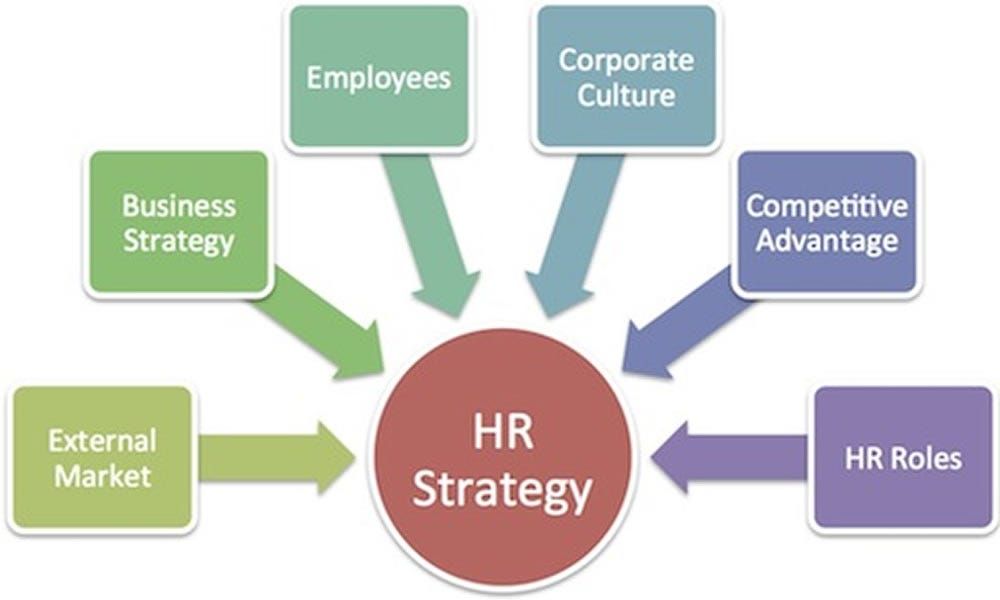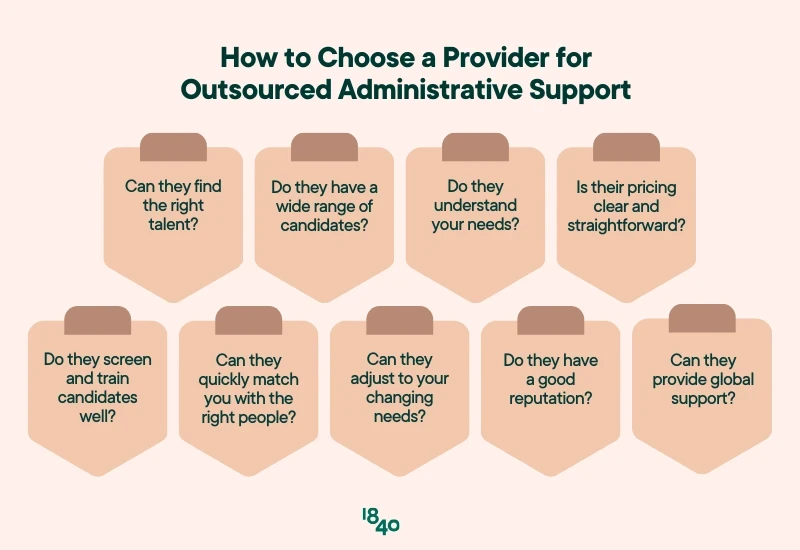In today’s rapidly changing business environment, having a solid HR strategy and plan in place is crucial for the success of any organization. Human resources are the backbone of any company, and having the right people in the right positions is essential for achieving business goals and objectives.
The Importance of HR Strategy
An effective HR strategy aligns with the overall business strategy and goals of the organization. It helps to attract, retain, and develop top talent, while also fostering a positive workplace culture that encourages employee engagement and productivity. Without a coherent HR strategy in place, companies may struggle to recruit the best candidates, retain key employees, and create a competitive advantage in the market.
Key Components of HR Strategy
When developing an HR strategy, it’s essential to consider several key components, including:
Recruitment and selection processes
Employee training and development programs
Performance management systems
Compensation and benefits packages
Employee engagement and retention strategies
Succession planning and talent management
HR Planning for Business Success
HR planning involves forecasting future workforce needs and developing strategies to ensure that the organization has the right talent in place to meet its objectives. This process typically includes analyzing current staffing levels, identifying skills gaps, and implementing recruitment and training programs to address those gaps.
Creating a Strategic HR Plan
When creating an HR plan, it’s essential to align it with the overall business strategy and objectives. This means understanding the company’s goals and developing HR initiatives that support those goals. It’s also crucial to monitor and evaluate the effectiveness of HR programs to ensure they are contributing to business success.
Key Steps in HR Planning
Some key steps in HR planning include:
Conducting a workforce analysis to identify current and future staffing needs
Developing recruitment and retention strategies to attract and retain top talent
Implementing training and development programs to enhance employee skills and performance
Creating performance management systems to track employee progress and achievements
Developing compensation and benefits packages to reward and incentivize employees
Implementing succession planning initiatives to ensure a pipeline of future leaders
Conclusion
In conclusion, having a well-defined HR strategy and plan is essential for business success. By aligning HR initiatives with organizational goals and objectives, companies can attract top talent, retain key employees, and create a competitive advantage in the market. By following the key components and steps outlined above, organizations can develop a strategic HR plan that supports business growth and success.


